- Why Scientists Track Atmospheric Carbon With Giant Towers - October 7, 2025
- The Link Between Melting Ice and Rising Sea Levels Explained - October 6, 2025
- How Ocean Currents Help Regulate Global Climate - October 5, 2025
The Record-Breaking Weather Crisis That’s Hitting America
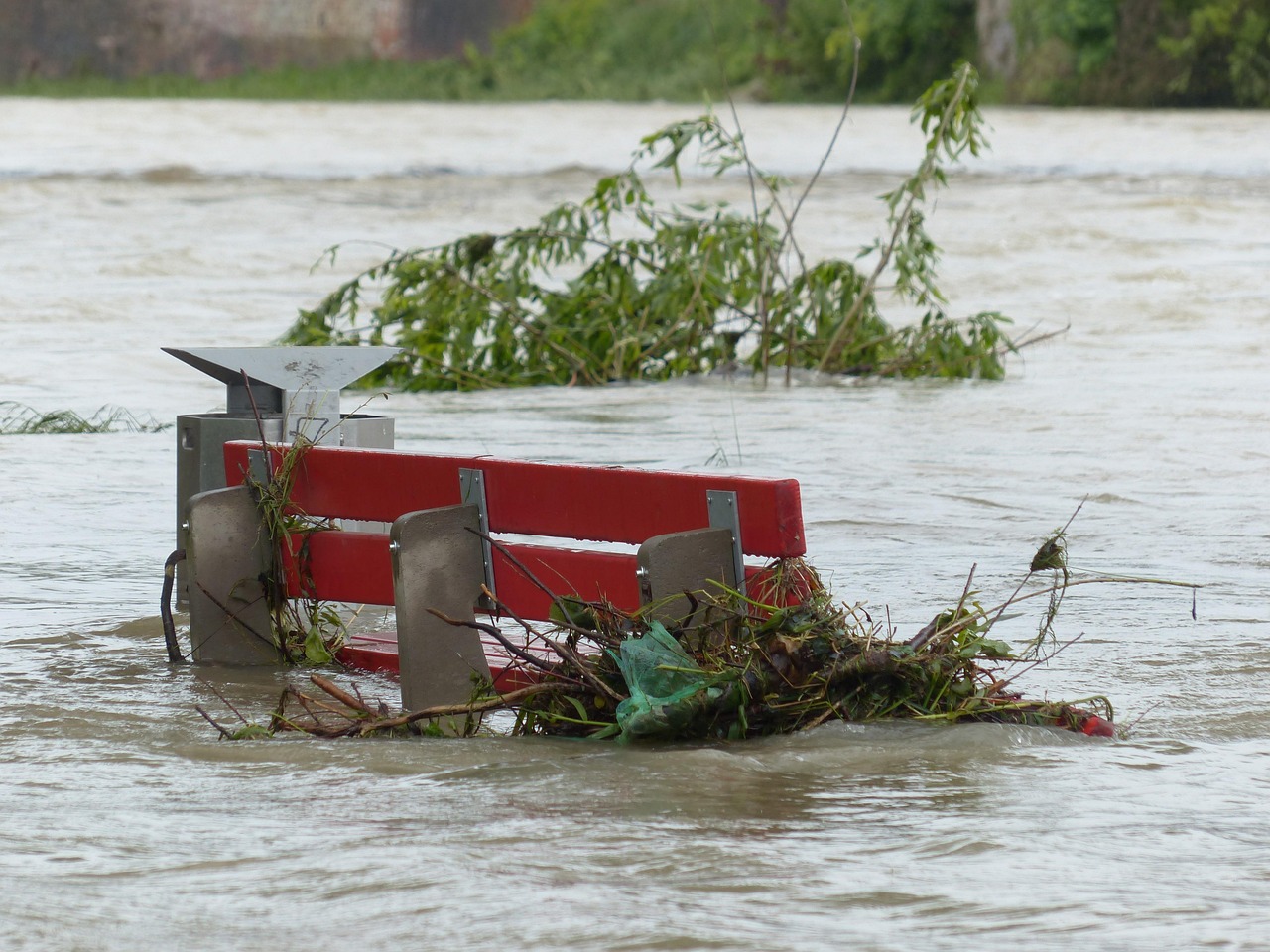
If you’ve felt like Mother Nature has been particularly moody lately, you’re not imagining things. In 2024, there were 27 individual weather and climate disasters with at least $1 billion in damages, trailing only the record-setting 28 events analyzed in 2023. The past five years have fundamentally changed America’s weather story, with the annual average for the most recent 5 years (2020–2024) being 23.0 events compared to the 1980–2023 annual average of 9.0 events. What makes this even more shocking is that over the last ten years (2015-2024), the U.S. has been impacted by 190 separate billion-dollar disasters that have killed more than 6,300 people and cost approximately $1.4 trillion in damage.
Texas: The Disaster Magnet State
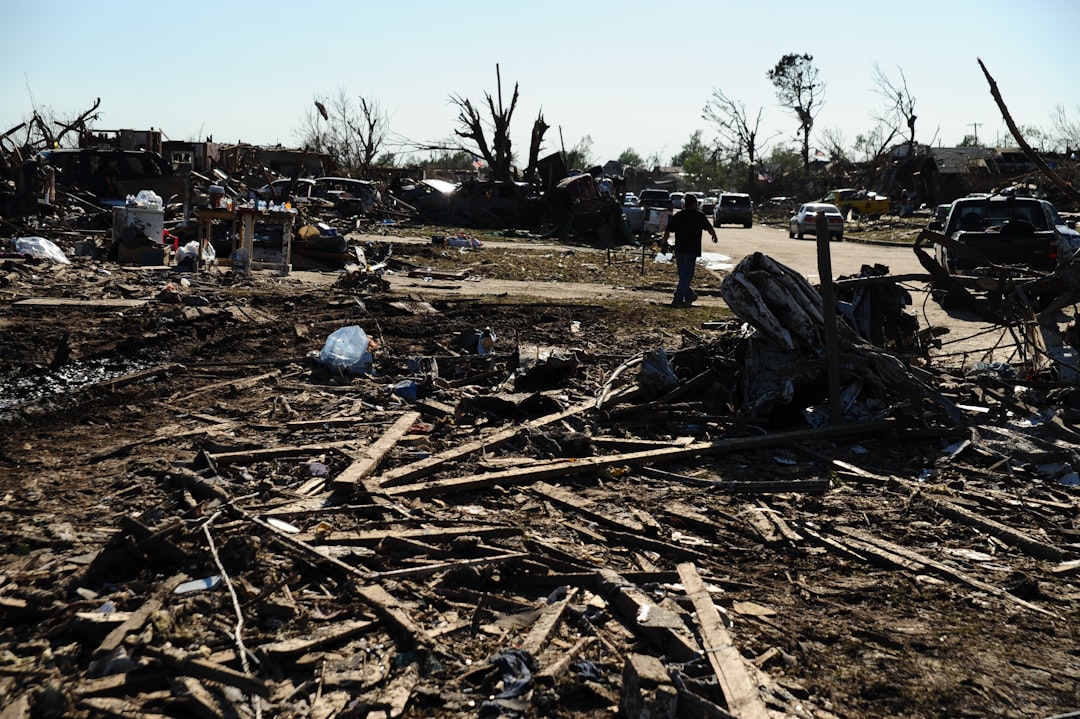
Texas stands alone as America’s most weather-battered state, and the numbers tell a devastating story. From 1980-2024, there were 190 confirmed weather/climate disaster events with losses exceeding $1 billion each to affect Texas, including 20 drought events, 9 flooding events, 1 freeze event, 126 severe storm events, 16 tropical cyclone events, 7 wildfire events, and 11 winter storm events. The Lone Star State has endured everything from brutal heat waves to catastrophic flooding, with at least eight people dying in Texas as a result of the May 16 derecho in 2024 alone. Perhaps most telling is that Texas had its warmest year on record in 2023, setting the stage for even more extreme weather patterns. What’s particularly striking is how Texas faces such diverse threats – from massive tornadoes sweeping across its plains to hurricanes pummeling its coast, making it virtually impossible to find safe ground anywhere in the state.
Florida: Hurricane Headquarters of America
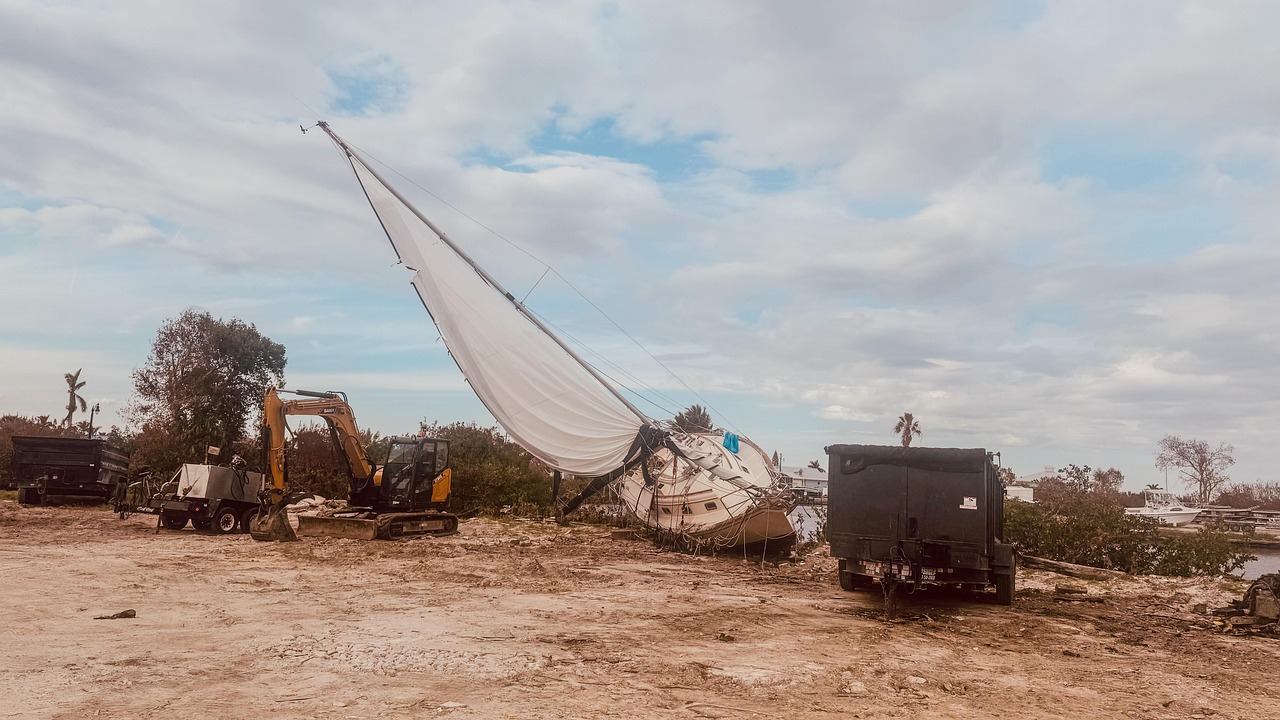
Florida’s position as America’s hurricane magnet has only intensified over the past five years. From 1980-2024, there were 94 confirmed weather/climate disaster events with losses exceeding $1 billion each to affect Florida, including 7 drought events, 4 flooding events, 5 freeze events, 33 severe storm events, 36 tropical cyclone events, 4 wildfire events, and 5 winter storm events. The state’s vulnerability has dramatically increased, with the annual average for the most recent 5 years (2020–2024) being 6.8 events compared to the 1980–2024 annual average of 2.1 events. Adding insult to injury, nearly all of Florida experienced the worst drought conditions in 24 years, where 84 percent of the state was affected by drought conditions in 2025. The state’s insurance crisis speaks volumes about its weather woes – companies are literally fleeing the market because the risks have become too extreme to profitably cover.
Louisiana: The Eye of Every Storm
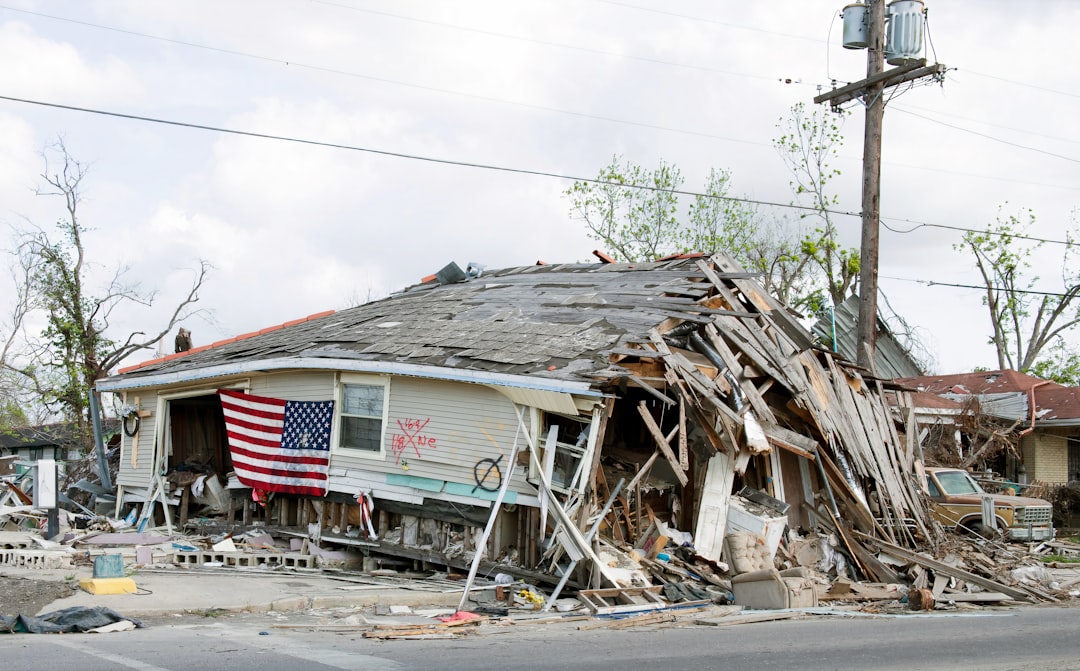
Louisiana has become synonymous with weather disasters, earning the dubious distinction of being one of the most dangerous states for climate-related events. From 1980-2024, there were 106 confirmed weather/climate disaster events with losses exceeding $1 billion each to affect Louisiana, including 15 drought events, 10 flooding events, 1 freeze event, 44 severe storm events, 27 tropical cyclone events, and 9 winter storm events. The state’s unique geography makes it a sitting duck for multiple types of disasters. Louisiana was ranked the most dangerous state due to its violent crime and social disruption score, but weather plays a massive role in this ranking. The 2024 weather events were particularly brutal, with three people dying in Louisiana as a result of the tornadoes and high winds that spun off the derecho system in May. What makes Louisiana’s situation even more precarious is its coastal location, where rising sea levels compound every weather event.
California: When Paradise Burns and Floods

California’s weather disasters have reached unprecedented levels, making headlines worldwide with their sheer destructive power. 17 of the 20 largest California wildfires by acreage and 18 of the 20 most destructive wildfires by the number of buildings destroyed have occurred since the year 2000. The January 2025 Southern California wildfires exemplify this trend, with the Eaton Fire burning 14,021 acres while the Palisades Fire burned 23,448 acres, being the second and third most destructive wildfires in California history, respectively. These fires claimed 30 lives and showcased how climate change has transformed California’s fire season into a year-round threat. The state faces a cruel irony – when it’s not burning, it’s flooding, as evidenced by heavy flooding in California following a string of at least 12 atmospheric river storms in 2023. Despite all this chaos, California has made impressive strides in grid resilience, with the state getting as much as 87% of its power from renewables.
North Carolina: The Hurricane Superhighway
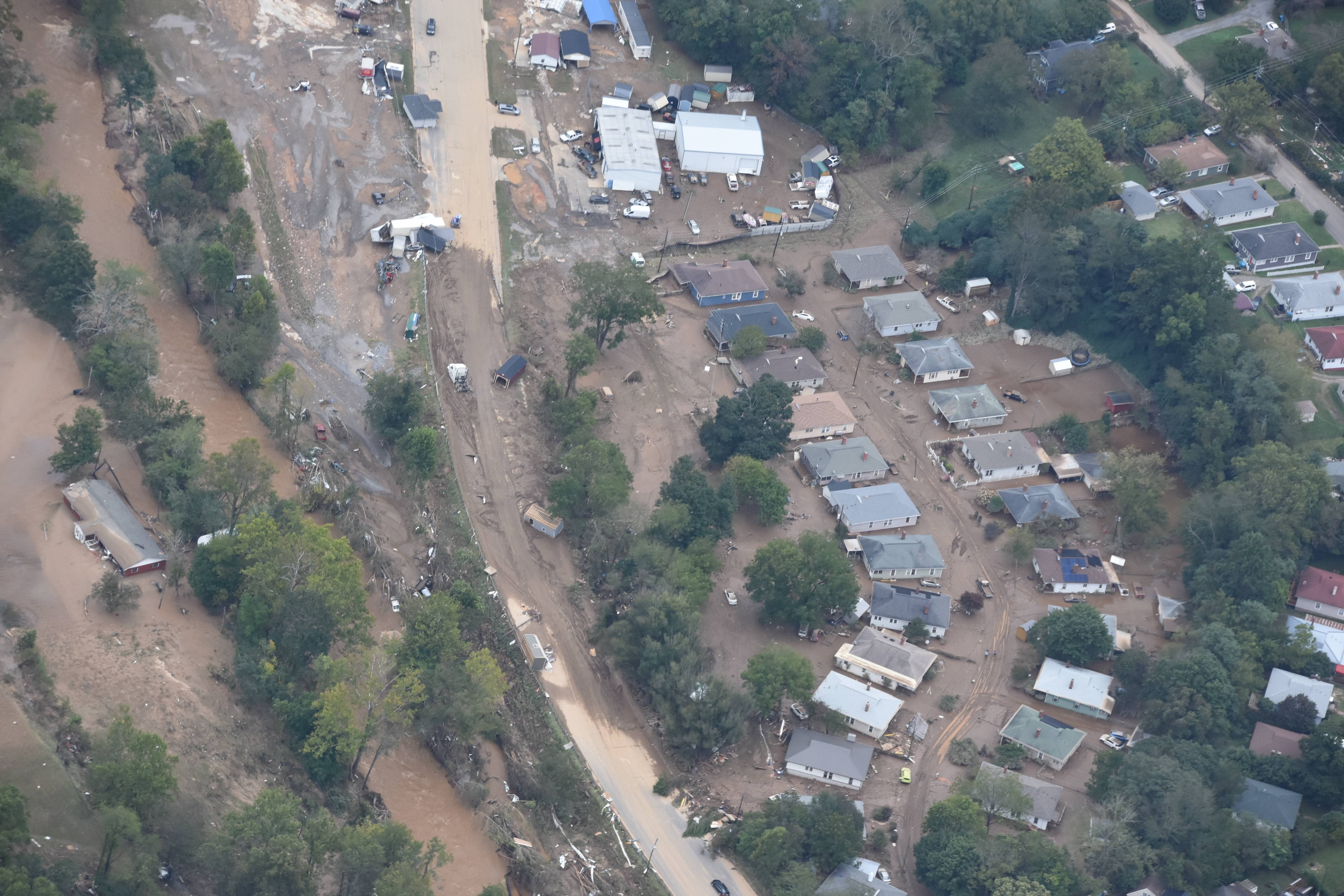
North Carolina has emerged as a critical battleground in America’s weather wars, particularly as hurricane paths have shifted and intensified. The state sits in the crosshairs of both Atlantic hurricanes and severe inland storms, creating a perfect storm of weather vulnerabilities. Recent years have seen the state battered by multiple major hurricanes, including devastating impacts from storms that have caused billions in damage. The 2024 hurricane season was particularly brutal for the state, with multiple landfalling systems causing widespread flooding and wind damage. What makes North Carolina’s situation especially challenging is how hurricanes can maintain their strength much further inland than historically typical, bringing tropical storm-force winds and flooding hundreds of miles from the coast. The state’s diverse geography means that mountain communities face flooding and landslide risks while coastal areas deal with storm surge and erosion.
Alabama: Tornado Alley’s Eastern Expansion
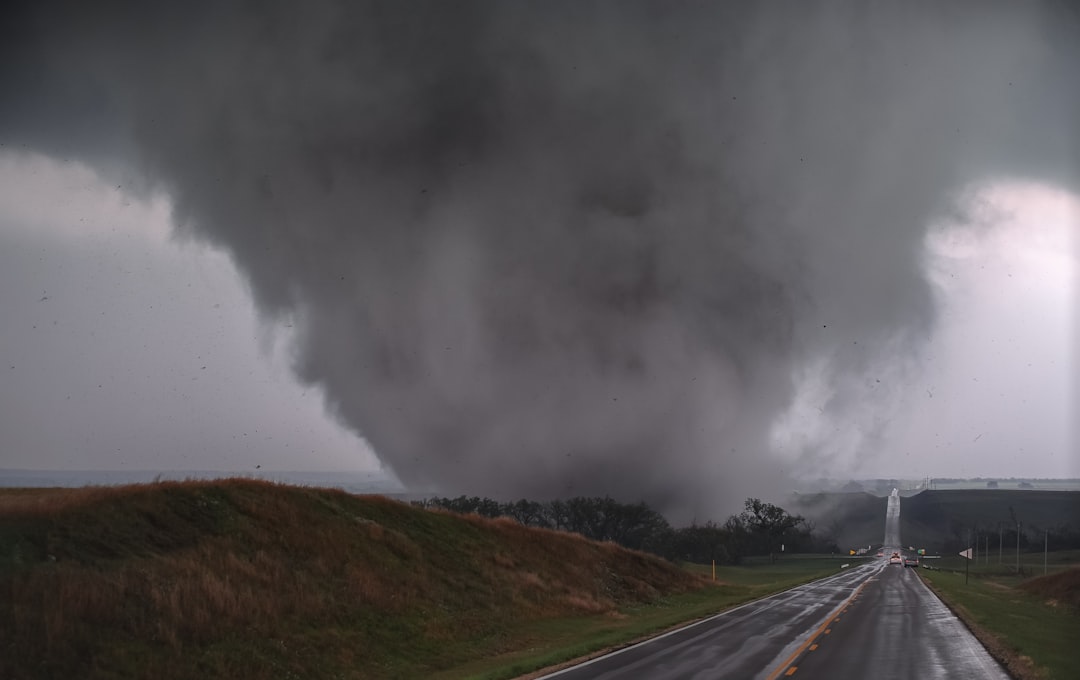
Alabama has found itself in the uncomfortable position of becoming part of an expanded and more violent “Tornado Alley.” Tornado Alley, the swath of the nation’s midsection where most twisters occur, has been gradually shifting eastward, which is bad news for Alabama, which is increasingly in the crosshairs of severe storms. The state recorded 91 tornadoes in 2023 — second only to Illinois, representing a dramatic increase in tornado activity. This shift eastward means Alabama now faces the double threat of Gulf Coast hurricanes and increasingly violent tornado outbreaks. The March 2023 tornado outbreak was particularly devastating, with a major outbreak in Alabama that left one person dead. What’s particularly alarming about Alabama’s tornado situation is that these storms are occurring in more densely populated areas than the traditional Great Plains tornado zones, leading to higher casualty rates and more property damage per event.
Georgia: The Southeastern Storm Corridor
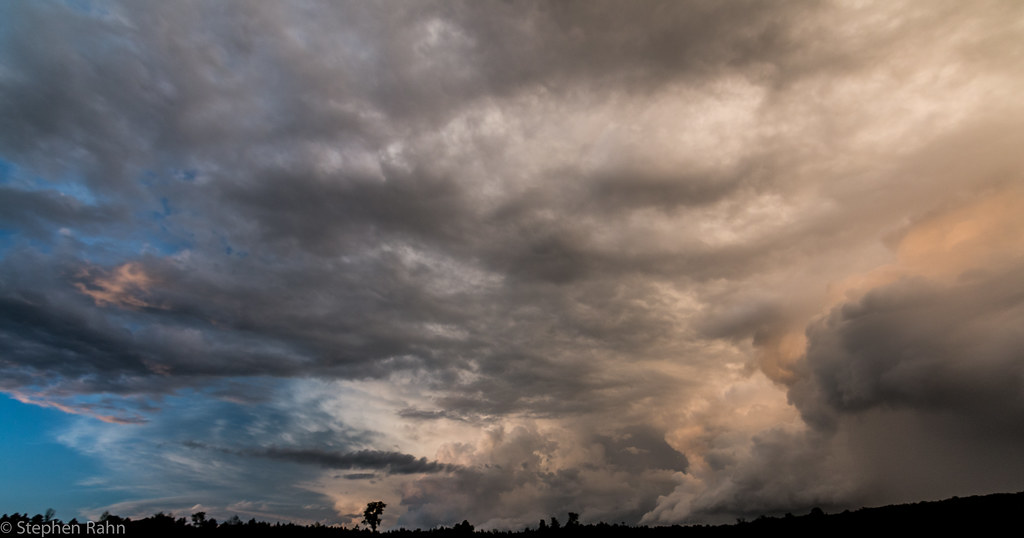
Georgia has become a prime example of how the Southeast is bearing the brunt of America’s intensifying weather patterns. The state sits in a unique geographic position that makes it vulnerable to multiple types of extreme weather events. From devastating ice storms that cripple Atlanta to severe thunderstorm complexes that spawn damaging tornadoes, Georgia faces year-round weather threats. The state experienced significant impacts from winter storms in 2025, including a winter storm in the southern United States that caused snow to fall across the Southeast, with 2.1 inches of snow recorded in Atlanta, Georgia, the biggest snowstorm in several years. This unusual weather pattern demonstrates how climate change is bringing typically northern weather patterns much further south. Georgia’s agricultural sector has been particularly hard hit by the combination of drought, flooding, and severe storms that seem to strike in rapid succession, making recovery efforts increasingly difficult.
Oklahoma: The Heart of Severe Weather
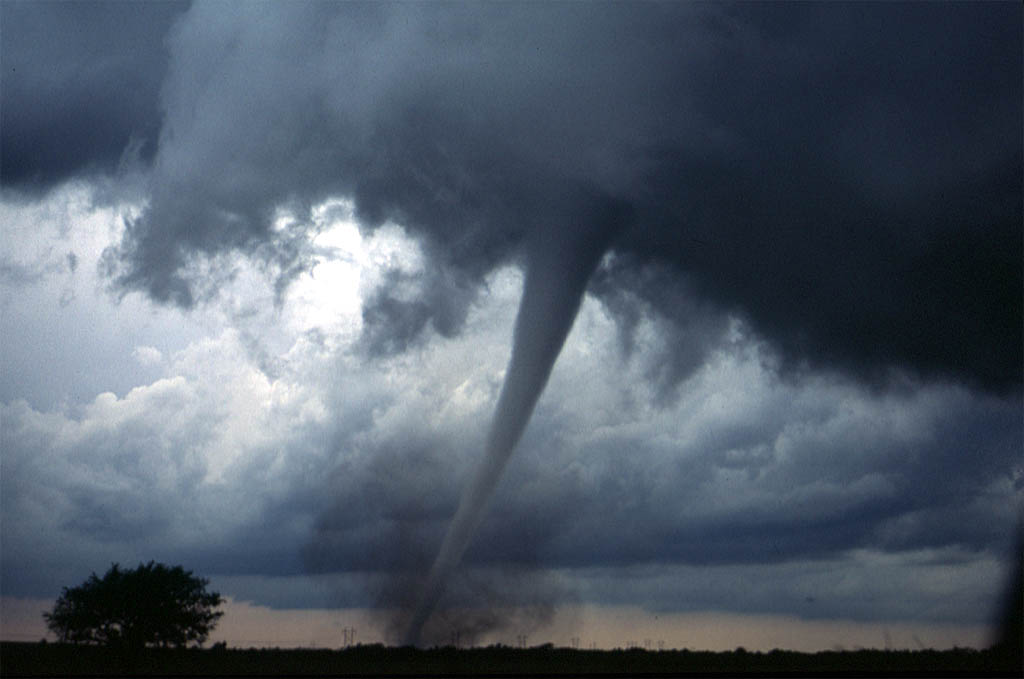
Oklahoma remains at the epicenter of America’s most violent weather, even as tornado patterns shift eastward. The state continues to experience some of the most intense severe weather outbreaks in the nation, with massive supercell thunderstorms producing devastating tornadoes, giant hail, and destructive straight-line winds. The spring of 2024 was particularly active, with multiple tornado outbreaks causing significant damage across the state. Oklahoma’s position in the Great Plains makes it a natural breeding ground for severe thunderstorms, as warm, moist air from the Gulf of Mexico collides with cool, dry air from Canada. The state’s flat terrain provides little natural protection from these storms, meaning that when severe weather develops, it can affect large areas simultaneously. Recent years have seen an increase in the intensity of these storms, with more EF-4 and EF-5 tornadoes touching down in Oklahoma than in previous decades.
South Carolina: The Atlantic Hurricane Impact Zone

South Carolina has earned its place among the most weather-disrupted states through its unfortunate position as a prime target for Atlantic hurricanes. Florida and South Carolina are most at risk from climate change, facing extreme heat, drought, and flooding, according to recent climate risk assessments. The state’s extensive coastline and low-lying inland areas make it particularly vulnerable to storm surge and inland flooding from hurricanes. The 2024 hurricane season brought multiple impacts to the state, with several systems causing significant damage to both coastal and inland communities. What makes South Carolina’s hurricane risk particularly challenging is how these storms often stall or slow down over the state, dropping enormous amounts of rainfall and causing catastrophic flooding hundreds of miles from the coast. The state has also experienced an increase in “training” thunderstorms – systems that repeatedly move over the same areas, causing flash flooding even outside of hurricane season.
Kansas: Severe Weather Central
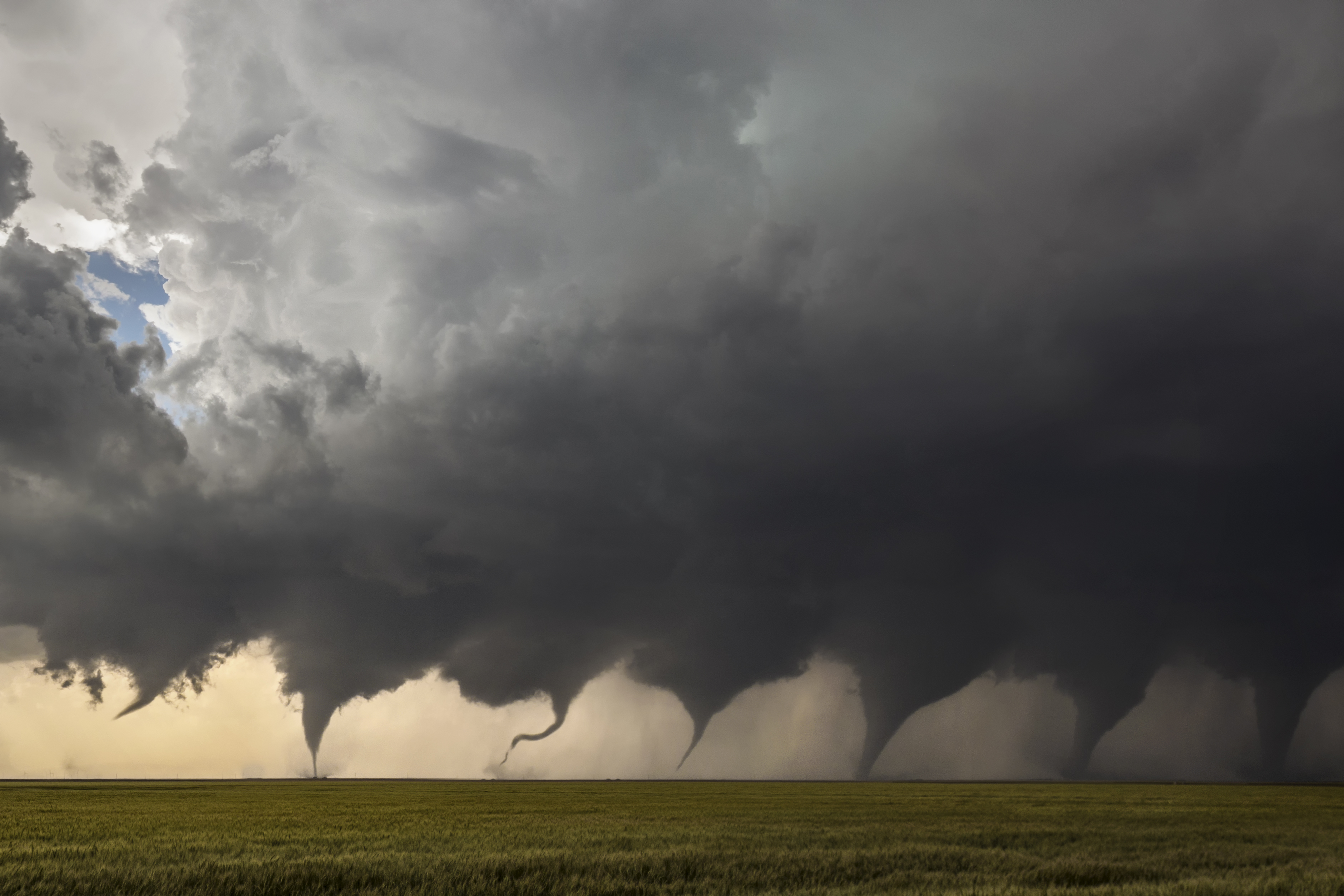
Kansas continues to live up to its reputation as one of America’s most tornado-prone states, but recent years have brought an intensification of all forms of severe weather. The state sits in the heart of the traditional tornado alley, where atmospheric conditions regularly create the perfect recipe for violent thunderstorms. The 2024 severe weather season was particularly active in Kansas, with multiple significant tornado outbreaks affecting communities that were still recovering from previous disasters. The small town of Yuma, which sits about 35 miles from the juncture of the Kansas, Colorado and Nebraska borders, was hit by an EF-3 tornado in August 2023 and was still recovering before another storm hit. This example perfectly illustrates the compound nature of Kansas’s weather challenges – communities barely have time to rebuild before the next disaster strikes. The state has also experienced an increase in large hail events, with some storms producing hailstones larger than softballs that cause hundreds of millions of dollars in damage to crops, vehicles, and buildings.
Mississippi: The Southern Weather Gauntlet
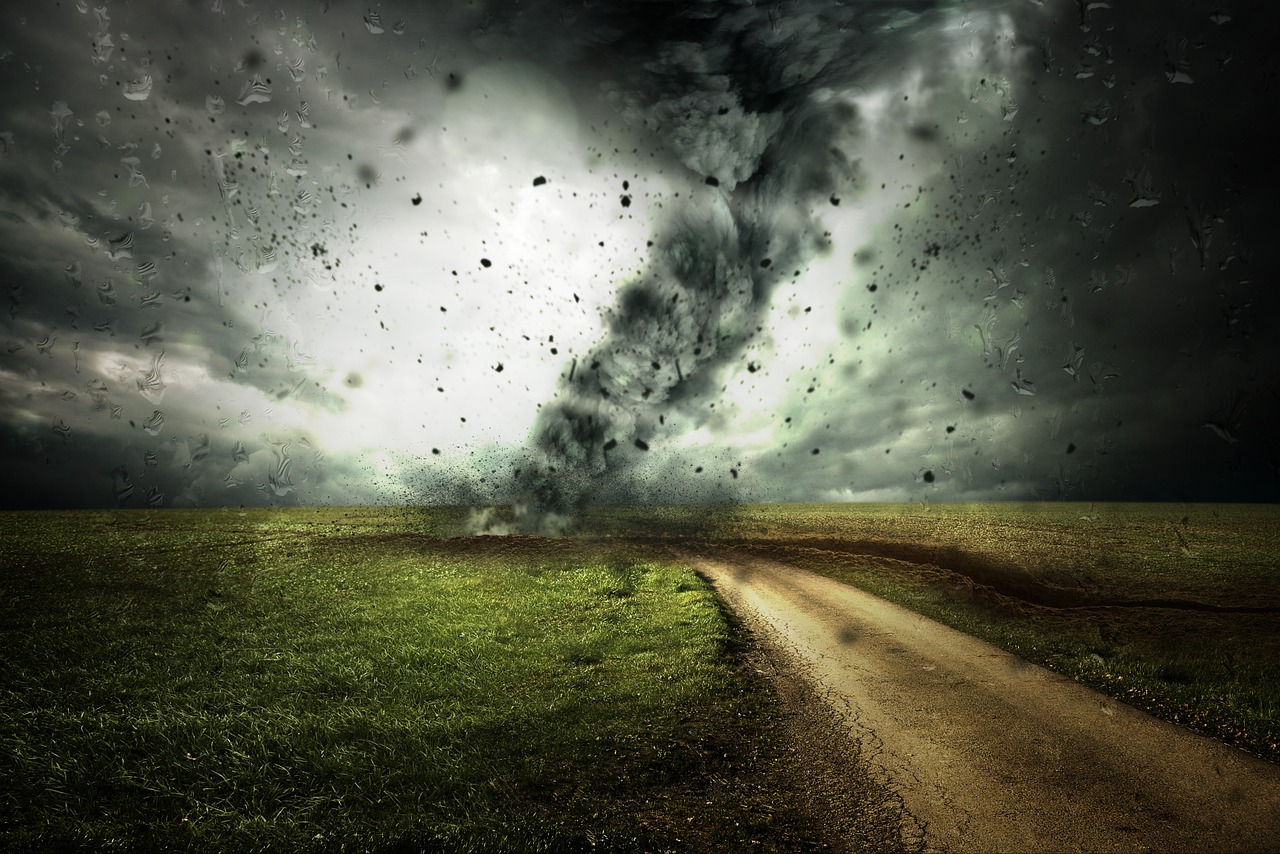
Mississippi has found itself running a dangerous gauntlet of weather extremes, from devastating hurricanes along its Gulf Coast to violent tornadoes in its interior regions. Mississippi took second place in America’s most dangerous states ranking, with its air quality and pollution being its worst-scoring factor, but weather disasters play a major role in the state’s overall risk profile. The state experienced record-breaking heat in 2023, with Mississippi having its warmest year on record. This extreme heat has been accompanied by severe drought conditions that have devastated agriculture and strained water resources. The state’s position along the Gulf Coast makes it vulnerable to both direct hurricane impacts and the inland flooding that these storms bring. Mississippi has also seen an increase in “pop-up” severe thunderstorms that develop rapidly and produce damaging winds, large hail, and tornadoes with little advance warning.
Arkansas: The Crossroads of Destruction
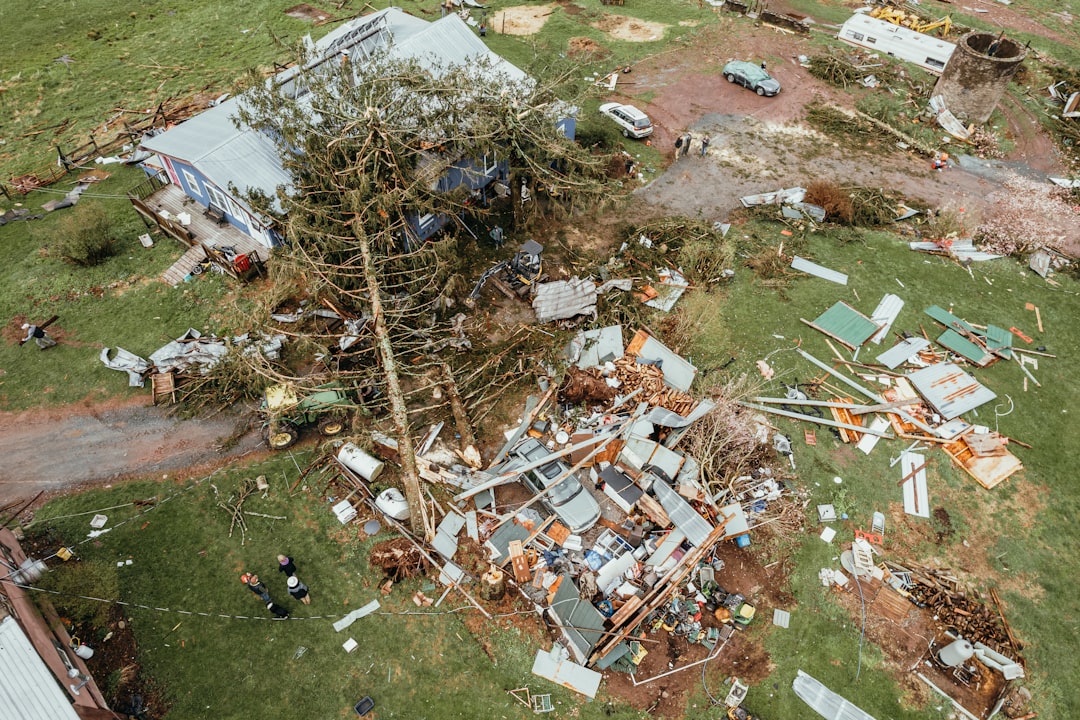
Arkansas occupies a particularly vulnerable position in America’s weather landscape, sitting at the crossroads where multiple weather systems converge to create devastating storms. The state has experienced significant impacts from severe weather in recent years, with 28% of businesses in Arkansas experiencing monetary loss due to extreme weather for the period ending February 11, 2024. This economic impact reflects the state’s exposure to a wide variety of weather threats, from ice storms that cripple infrastructure to severe thunderstorm complexes that spawn multiple tornadoes. Arkansas was heavily impacted by the March 2023 tornado outbreak, with tornado damage to multiple structures at the high school in Wynne, Arkansas, following a destructive tornado outbreak on March 31 that produced over 150 preliminary tornadoes across many southern and central states. The state’s diverse geography, from the Mississippi River delta to the Ozark Mountains, means that different regions face different weather threats, but all face significant risks throughout the year.
Tennessee: The Volunteer State Under Siege

Tennessee has experienced a dramatic increase in weather-related disruptions, with businesses across the state feeling the financial impact of extreme weather events. 31.3% of businesses in Tennessee experienced monetary loss due to extreme weather for the period ending February 11, 2024, making it one of the hardest-hit states economically from weather disasters. The state’s location in the southeastern United States puts it in the path of multiple weather systems, from severe thunderstorm complexes moving across the Mississippi Valley to the remnants of hurricanes that maintain their strength far inland. Tennessee has experienced significant tornado activity in recent years, with several violent outbreaks causing extensive damage to communities across the state. The state’s varied topography, from the Mississippi River floodplains in the west to the Appalachian Mountains in the east, creates different weather challenges in different regions, but all areas have seen an increase in extreme weather events.
The Hidden Economic Toll

The cost of weather disasters in 2024 was approximately $182.7 billion, placing 2024 as the fourth-costliest on record, trailing 2017 ($395.9 billion), 2005 ($268.5 billion) and 2022 ($183.6 billion). This staggering financial impact represents more than just infrastructure damage – it’s fundamentally reshaping how Americans live, work, and plan for the future. Texas, Florida, and Louisiana disasters cost the most, each paying for more than $300 billion in damages (in 2024 dollars) since 1980. The ripple effects extend far beyond the immediate disaster zones, affecting supply chains, insurance markets, and migration patterns across the entire country. What’s particularly concerning is how in 2023, the average time between billion-dollar disasters was just 12 days, meaning less time and resources available for communities to respond, recover quickly, and prepare for future risks.
The data paints a clear picture: America’s weather has fundamentally changed, and certain states are bearing the brunt of this transformation. The past five years have shown us that weather disasters are no longer isolated events but part of a new normal that demands immediate attention and unprecedented preparation. These aren’t just statistics on a page – they represent millions of lives disrupted, communities destroyed, and an economic burden that grows heavier with each passing storm season.
